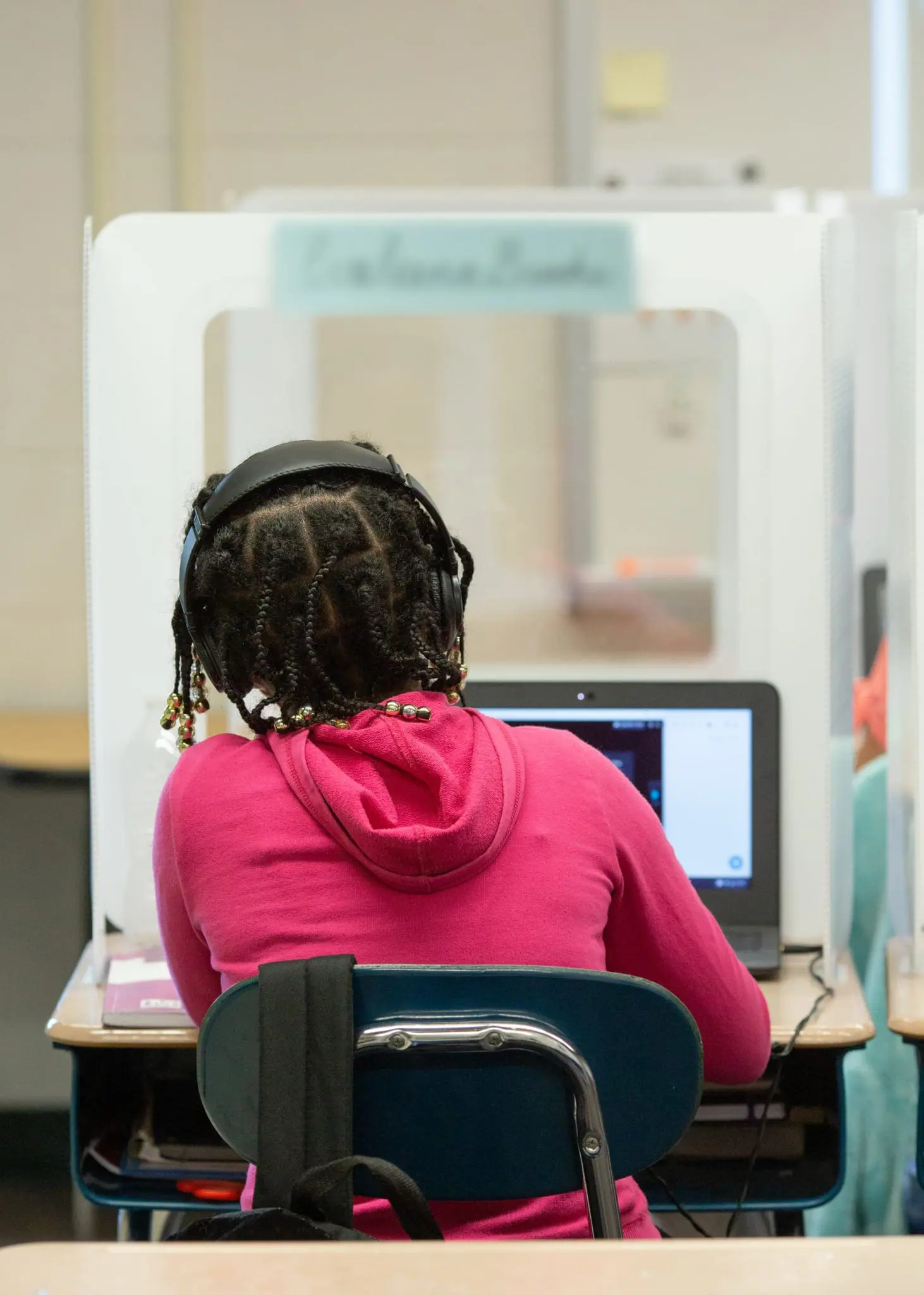As the school year draws to a close, state and local leaders are considering how they will leverage federal aid to safely reopen schools, evaluate immediate needs, and address longstanding inequities heightened by pandemic-related disruption. These are certainly tall tasks, but relief funds provide unprecedented opportunities to invest in data to support student success during recovery and beyond.
In 2020 and 2021, Congress passed three stimulus bills that include $190.5 billion dollars for the Elementary and Secondary School Emergency Relief (ESSER) Fund. Additionally, Congress set aside several billion in flexible grants for governor’s offices via the Governor’s Emergency Education Relief (GEER) Fund. Read more details in DQC’s recent resource.
Recently, the Department of Education released a frequently asked questions document to provide guidance about how state and district leaders can leverage multiple rounds of ESSER and GEER funds to address a diverse array of short- and long-term needs. Here is a look at what this new guidance says:
- Noting the rise in chronic absence due to the pandemic, the department lists developing data systems as a key strategy for assisting leaders in tracking attendance, publishing disaggregated data on groups of students, and creating early warning systems to identify students at risk of dropping out of school. Data is crucial for providing students with the services they need, inside and outside of the classroom, to ensure they are supported and on track for success.
- New funding means expanded opportunities for states to provide parents and communities meaningful information about how students are learning during recovery. In addition to assessment and chronic absence data, the guidance lists opportunity-to-learn indicators—including access to advanced coursework, and access to counselors and social workers to support social-emotional learning needs—as measures states should consider sharing with the public to keep them informed about student progress during recovery. Funds can also be used for state- and local-level dashboards to share data “disaggregated to the greatest extent possible.” As a state’s most-public resource, report cards can serve as a central location for information related to student progress during recovery.
- Funds will go toward retaining and hiring teachers to ensure workforce stability. The guidance highlights strategies to support these efforts, including partnerships with preparation programs, expanded professional development to support teachers in hybrid and remote learning, and a renewed emphasis on diversifying the workforce. Though not explicitly mentioned in this section, each of these actions requires data. State and district leaders need data to understand how to support teachers throughout the workforce pipeline, and teachers will need training to ensure they can use data safely and effectively no matter where students learn.
Data is the common thread for turning the department’s guidance into practical action during recovery. From establishing summer enrichment and afterschool programs to supporting unique student populations, states need data to identify barriers and pinpoint solutions.
Through ESSER and GEER funds, the federal government has provided states the opportunity to increase their capacity to take on the biggest challenges in education. It’s time for states and districts to leverage these resources wisely by ensuring their recovery plans include data at the center.


